There are a lot of different ways for gardeners to stay engaged through the winter. From early seed starting indoors to creative ways for extending your garden’s productivity outside, your Facebook news feed is probably bursting with good intentions but TONS OF BAD ADVICE about getting a “jump start” on your spring garden. I know mine is!
I must admit it makes my blood pressure rise when I read an article full of terrible advice and see it has been shared by thousands of people. It also motivates me to provide information from my own home gardening experiences in hopes of reaching someone with helpful advice.

MYTH: You need to start sowing your summer seed inside in January.
 OMG, whoever says this just wants you to work way harder than you need to. First, winter is the season for cool crops like broccoli, cabbage, cauliflower, and leafy greens. Spend your time and energy growing more of those and let the summer crops wait… UNTIL SUMMER!
OMG, whoever says this just wants you to work way harder than you need to. First, winter is the season for cool crops like broccoli, cabbage, cauliflower, and leafy greens. Spend your time and energy growing more of those and let the summer crops wait… UNTIL SUMMER!
One thing to consider when planning your gardening calendar is whether you are sowing seed or transplanting vegetative material. Growing from seed takes 6-8 weeks longer compared to purchasing plants that are already growing. Therefore, many gardeners start seeds indoors, to “get a jump on the season.”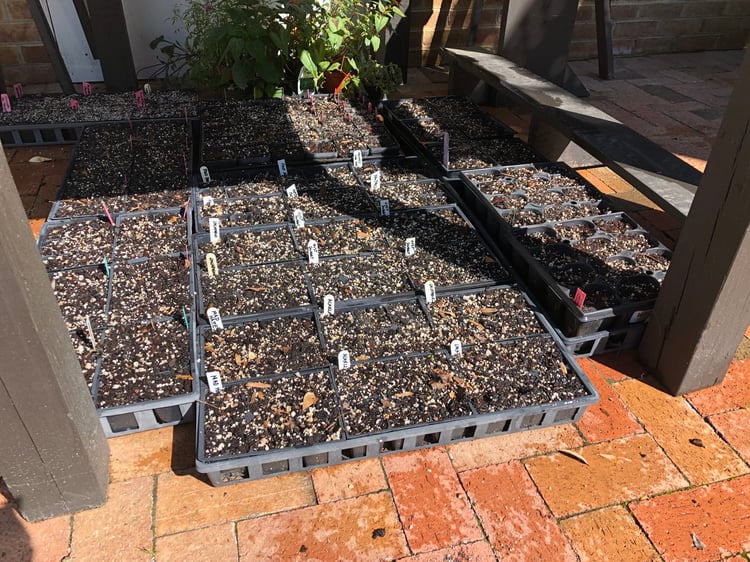
Here are my seed trays from last spring - tomatoes, cucumbers, peppers, flowers... and more tomatoes! I wait for warmer weather before sowing seeds and keep my trays outside.
However, in my experience, in the southeastern climate you can plan to sow your staple summer crops, like tomatoes, peppers, and cucumbers outside when the temperatures are consistently warm, and the days are increasing with light. This reduces the “work” element of growing from seed and keeps your house clean!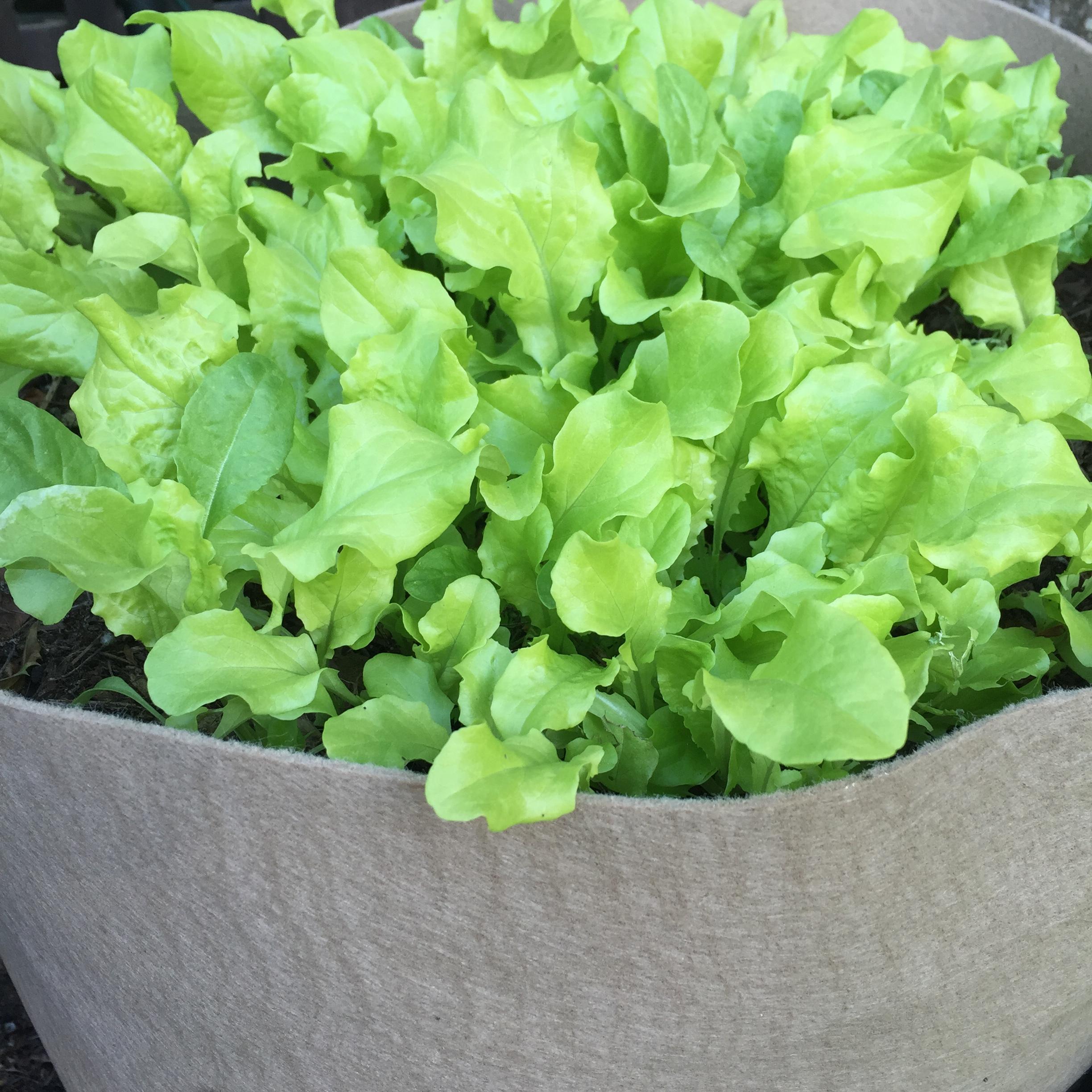
I am not saying don’t start any seeds indoors, but honestly, you are not getting a head start when you sow a tomato in January. Of course, it will germinate and grow if you provide proper light and fertility. But it won’t be able to be planted outside until at least April, when the soil temperatures are warm enough. That is 3 months of having to baby a plant that would thrive sown in April, outdoors, and planted in your garden in May.
If you are determined to start seed indoors, be sure to check out Leslie Halleck’s GREAT book, Gardening Under Lights. She explains the ins and outs and will arm you with knowledge for a successful experience.
But What About the Soil?
Before I jump into the seed calendar, it is imperative that we first cover the basics: SOIL!
If I have said it once, I have said it a million times, SOIL IS THE MOST IMPORTANT ASPECT OF GARDENING. It doesn’t matter where you live in the southeast, your native soil WILL NEED TO BE SUPPLEMENTED!
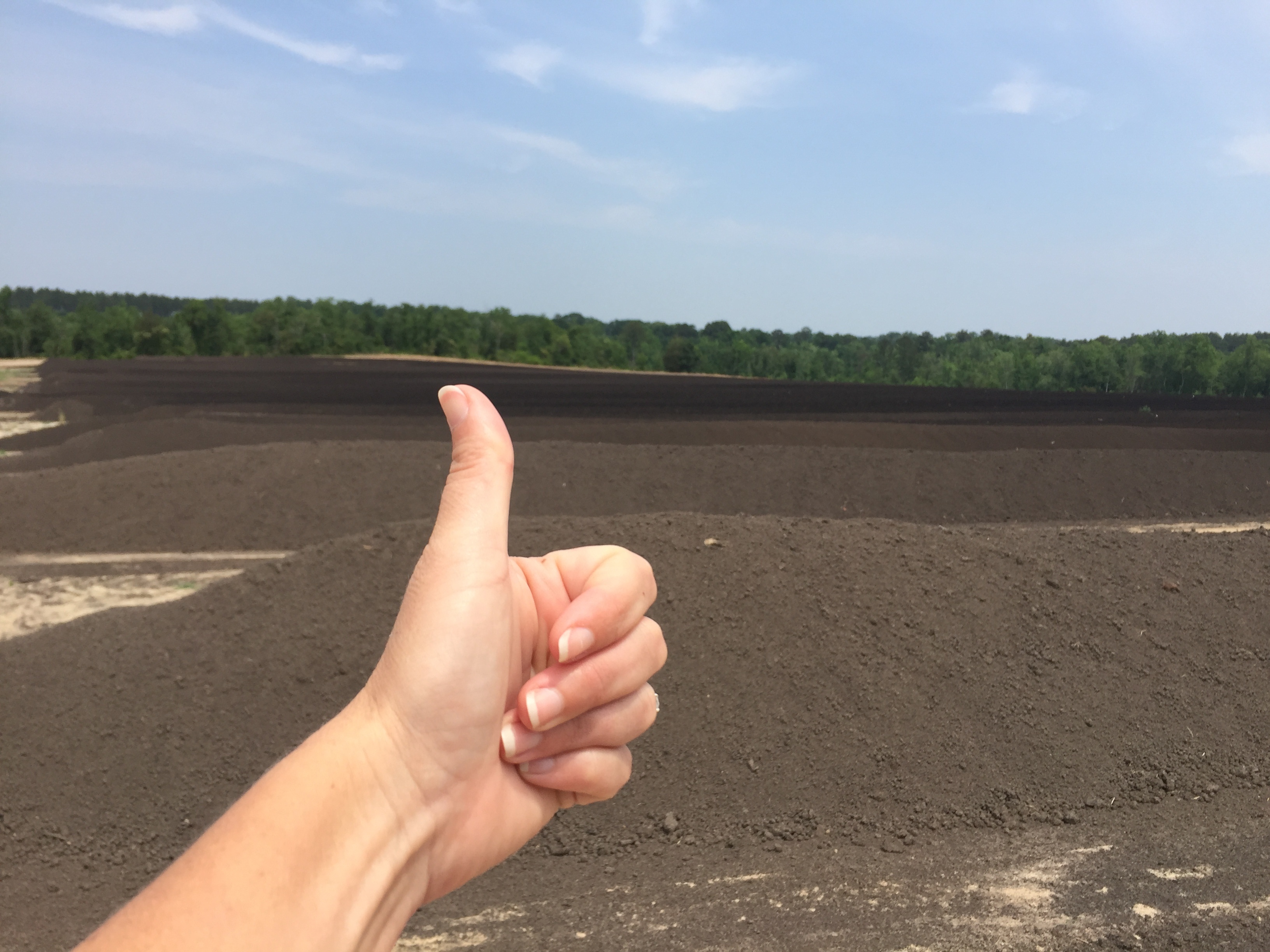
Read about my visit to the farm where Soil³ organic compost is made.
It is critical to first understand what is going on with your native soil, which is why I always recommend sending a soil sample to your state lab or county extension office. Land grant universities like Clemson, UGA and NCSU generally offer this service at a very low cost, or even FREE, if you send your samples in early. (Watch this instructional video for tips on how to take a soil sample.)
Best for topdressing vegetable and ornamental beds: Soil³
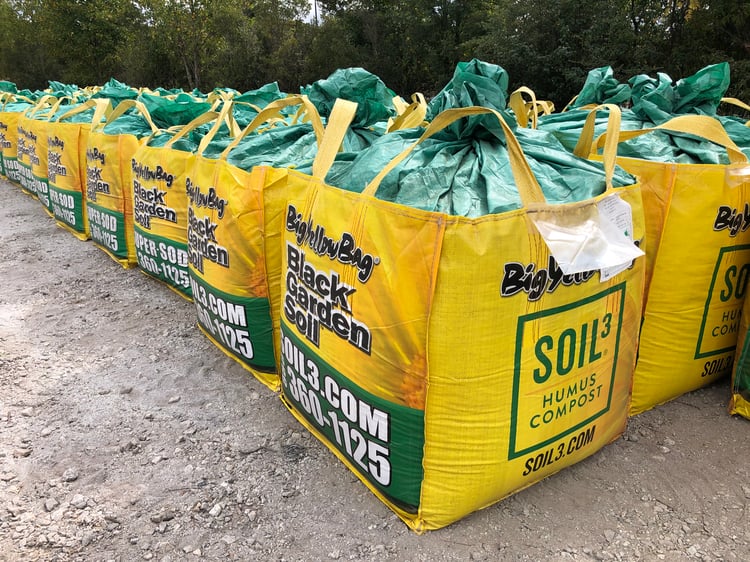
Soil³ is delivered right to your home in a BigYellowBag that contains 1 cubic yard of organic compost. Couldn't be easier!
Once you have those results, your local extension office can help you turn them into an action plan. That plan will almost certainly include adding fertilizer to your soil. So order your Soil³ compost or Veggie Mix for home delivery and get started topdressing with the best compost available. This will ensure strong plant development and reduce your need to fertilize and irrigate through-out the year. Plus, it makes planting a breeze!
Remember, you do not have to till the compost in, let the plant roots do the tilling for you. Work smart not hard - let that be your yearly gardening resolution!
Best for starting seeds: Soil³
Last year I started to use Soil³ to germinate seedlings. It works GREAT, and you won’t have to water the trays nearly as often compared to traditional potting mixes. I found my seedlings that were transplanted from Soil³ into my garden thrived, especially compared to plants that I had purchased at a garden center.
And now that they have Veggie Mix, I start my seeds straight in that blend.
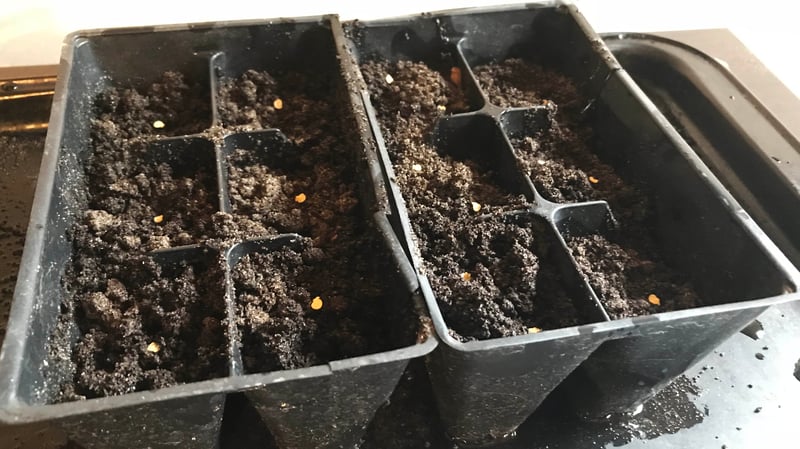
Brie's Monthly Planting Calendar
Having a monthly planting chart is a very helpful way to extend your garden’s productivity. One of the first presentations I ever gave was called “Gardening on Schedule” at the Annual Greater Greenville Master Gardeners Symposium in South Carolina. It was a great success and to this day people frequently tell me how they plant their spring flowers, such as poppies and larkspur on Black Friday, per my instructions! I find it is very helpful to have holidays as planting markers, because those dates are easy to remember!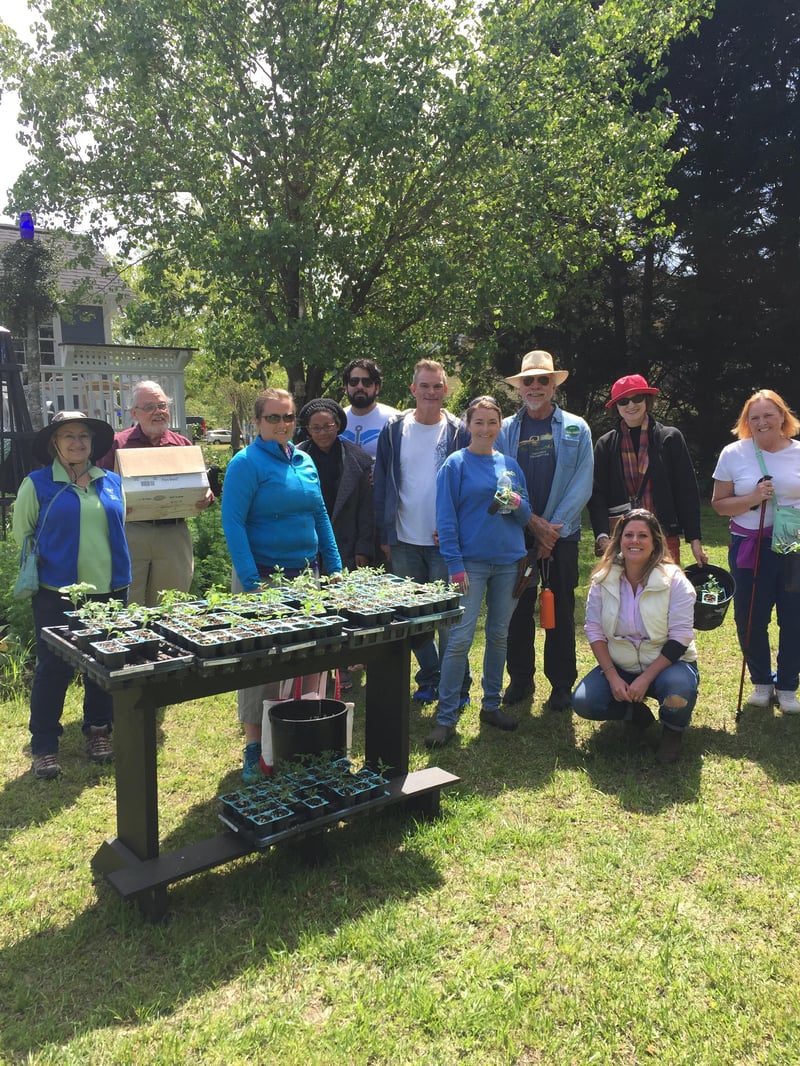
I truly enjoy sharing practical advice for growing all my favorite plants with other gardeners of all experience levels.
There are many good resources from land grant universities on-line that will advise you on monthly seed sowing. Here is the North Carolina State Extension seed and transplant calendar.
However, I find this to be a bit confusing to understand, so for your convenience I have simplified this calendar to include only the most practical crops and planting details. You can see, I categorized everything into two basic seasons: warm and cool. From there you have windows for seeding, transplanting, and harvesting which can ensure a long, productive season ahead!
Vegetable Planting Calendar for the Southeast
Because we have at least two planting seasons, there are two planting calendars - a cool season calendar for crops to grow during the cool months and a warm season calendar for crops to grow during those hot months.
| Plant Name |
Seed Date |
Transplanting Date |
Harvest Date |
| Arugula |
August - March |
October - March |
October - May |
| Barley |
October - November |
November - January |
June |
| Broccoli |
August - March |
October - March |
October - May |
| Cabbage |
August - March |
October - March |
October - May |
| Carrots |
August - March |
Direct Seed (do not transplant) |
May - September |
| Cauliflower |
August - March |
October - March |
October - May |
| Chard |
August - March |
October - March |
October - May |
| Cilantro |
August - March |
Direct Seed (do not transplant) |
March - June |
| Garlic |
Directly plant clove |
September - December |
June |
| Kale |
August - March |
October - March |
October - May |
| Kohlrabi |
August - March |
October - March |
October - May |
| Lettuce |
August - March |
October - March |
October - May |
| Mustard |
August - March |
October - March |
October - May |
| Oats |
October - November |
November - January |
June |
| Peas |
August - March |
October - March |
April - May |
| Potatoes |
Directly plant tuber |
February - March |
June |
| Radish |
August - March |
October - March |
October - May |
| Spinach |
August - March |
October - March |
October - May |
| Wheat |
October - November |
November - January |
June |

| Plant Name |
Seed Date |
Transplanting Date |
Harvest Date |
| Beans |
April - July |
May - July |
August - October |
| Corn |
April - July |
May - July |
July - September |
| Cucumbers |
May - August |
May - August |
June - September |
| Eggplant |
March - May |
April - June |
June - October |
| Melons |
April - July |
May - July |
July - September |
| Okra |
April - July |
May - July |
July - September |
| Peanuts |
April - July |
May - July |
October |
| Peppers |
March - June |
May - July |
August - November |
| Pumpkins |
May - July |
May - July |
October |
| Rice |
March - May |
April - June |
September |
| Squash |
April - August |
May - August |
June - October |
| Sweet Potatoes |
Directly plant tuber |
May - July |
October |
| Tomatoes |
March - June |
April - June |
June - October |
| Zucchini |
April - August |
May - July |
June - October |
Along those lines, every garden and gardener are unique, so use this as a guide and experiment with a few new plants this year. Be sure to take notes so you can learn when the ideal times for planting are for you. Sometimes life gets in the way, so don’t feel bad if you don’t every seed sown. There is no harm in purchasing plants from local garden centers and farmers markets.
Happy planning, seeding, and planting in the new decade,
Brie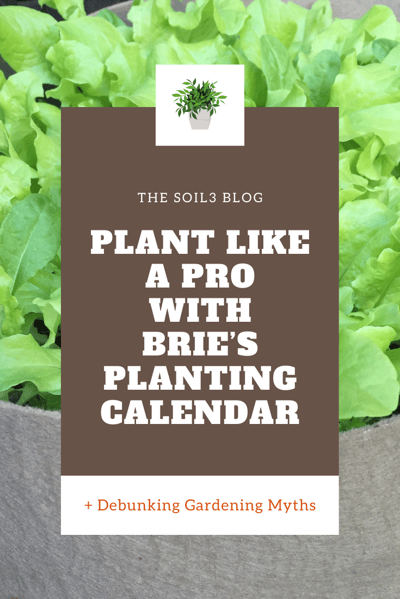
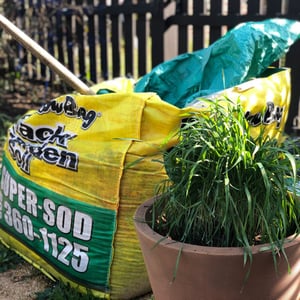
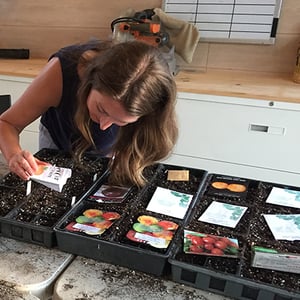


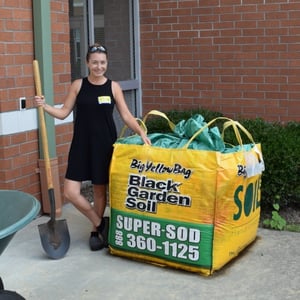
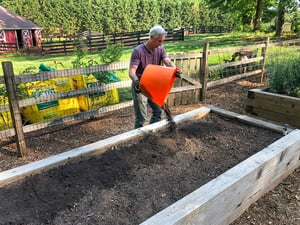
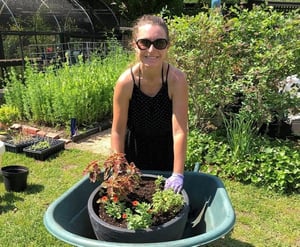
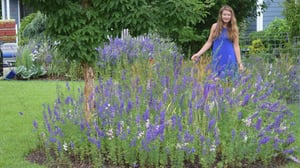
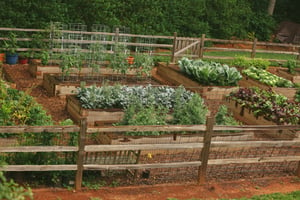
Did this help you out? Have any questions for clarity? Leave a comment below!